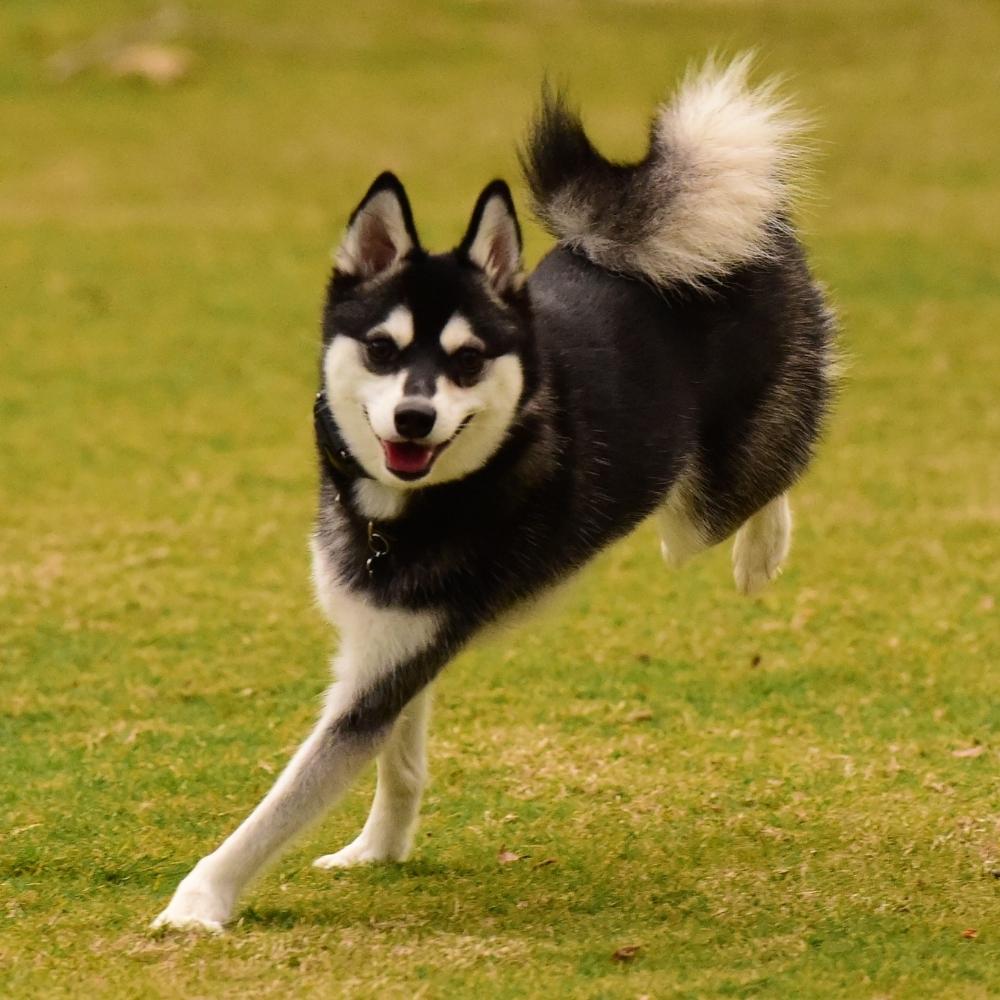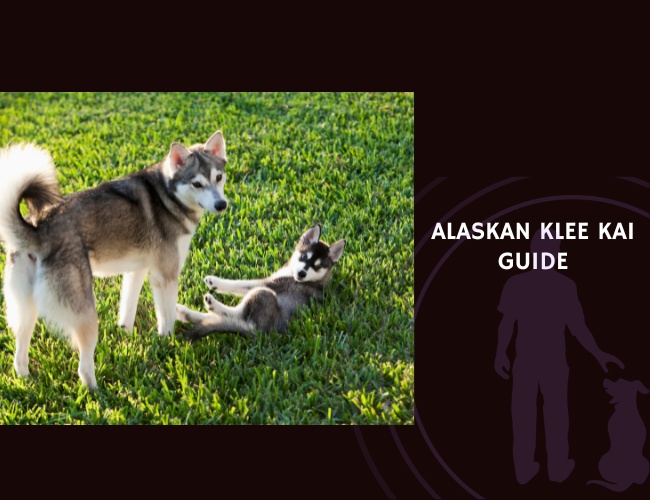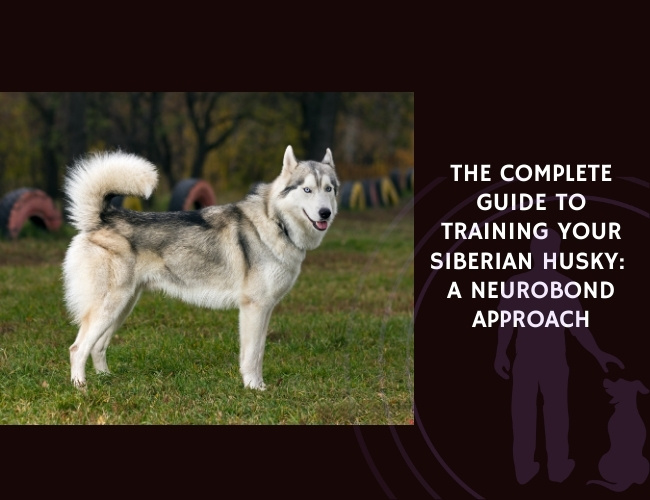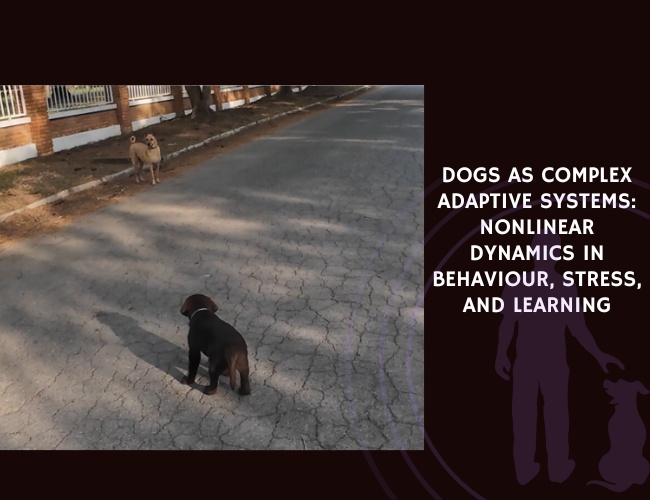Quick Facts about the Alaskan Klee Kai
- Origin: United States
- Weight: Males: 4–10 kg, Females: 4–9 kg
- Life expectancy: 13–16 years
- Coat Colour: Black and white, grey and white, red and white, or solid white
- Breed Group: Companion
The Alaskan Klee Kai is a miniature marvel—small in size but full of personality. With striking Husky-like features and a curious, alert nature, this breed captivates admirers looking for a compact companion with northern spirit.
Alaskan Klee Kai History
Developed in the 1970s by Linda Spurlin in Alaska, the Alaskan Klee Kai was bred by crossing Alaskan Huskies with smaller breeds like the Schipperke and American Eskimo Dog. The goal was to create a companion-sized dog that resembled the Siberian Husky in both form and energy.
Recognised as a distinct breed in the 1990s, the Alaskan Klee Kai quickly gained a loyal following for its unique combination of spitz-like appearance and compact size—ideal for city living without sacrificing northern breed charm.

Alaskan Klee Kai Temperament
This breed is intelligent, active, and somewhat reserved. Klee Kais are loyal to their families but often shy or aloof with strangers. They’re naturally clean and quiet but can be vocal when alerting.
Though affectionate, they’re not overly needy. They bond strongly with one or two people and thrive on routine and structure. Due to their sharp minds, mental enrichment is essential to avoid mischief.
Note: Early socialization is crucial to reduce suspicion of strangers and to prevent overprotective behaviors.
Health and wellness
The Alaskan Klee Kai has a thick double coat that requires weekly brushing and sheds seasonally. It’s a generally healthy breed but, like all small and rare breeds, may suffer from some inherited conditions.
They require regular exercise to stay mentally and physically balanced but don’t need the intense demands of their larger Husky relatives.
Significant problems:
Luxating patella
Liver shunt (portosystemic shunt)
Heart murmurs
Juvenile cataracts
Thyroid issues
Life expectancy: 13–16 years

The Complete Guide to Alaskan Klee Kai
🔍 Looking to go deeper into dog training?
Use these categories to explore targeted guides and articles on canine behavior, nutrition, obedience, entertainment, and more.








